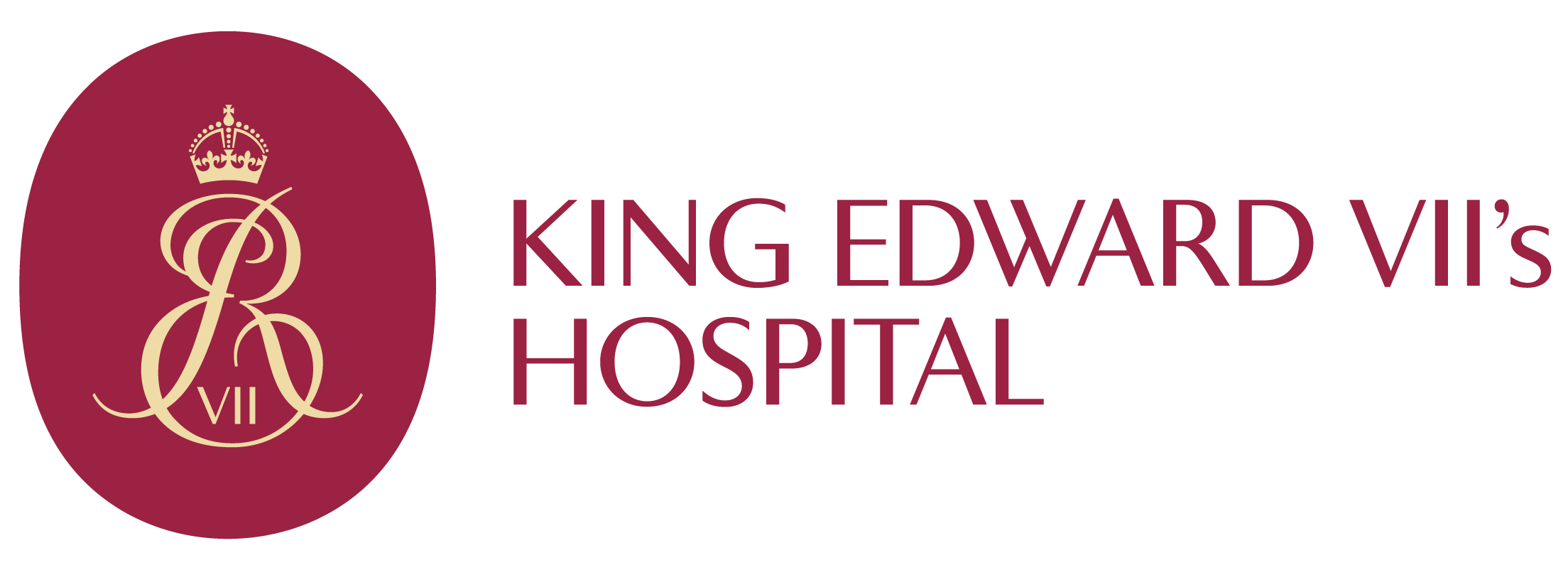Home >
Ptosis surgery
Get rapid access to our leading specialists.
Learn more about ptosis surgery at King Edward VII’s Hospital
Why would I need ptosis surgery?
Ptosis is a condition that usually develops later in life, but can occasionally be something you are born with. The drooping of the eyelid can be caused by advancing age, but also potentially because of trauma, extended use of contact lenses, or after an eye surgery.
What symptoms does ptosis surgery address?
Your vision can be affected by ptosis, so a surgery is done to help correct this, along with helping to alleviate any eye strain, eyebrow aches or cosmetic issues that can also be attributed to the condition.
When should you speak to your specialist about ptosis surgery?
If you have drooping eyelids that are causing problems with your vision, are causing strains or pain, or are bothering you cosmetically, you might consider speaking to your specialist about the possibility of undergoing ptosis surgery.
How is ptosis surgery performed?
Ptosis surgery is most often done under local anaesthetic and usually takes approximately one hour per eye.
The surgeon will make an incision into the crease of your eyelid and the tendon or muscle will be tightened or shortened (depending on the procedure).
What is the recovery for ptosis surgery?
The recovery from ptosis surgery can depend on a variety of factors, and you should discuss this with your surgeon.
You will likely need to take about a week off from work and you will need to abstain from certain activities, including driving during this time.
You and your surgeon will discuss your plan for recovery prior to your ptosis surgery.
Are there any risks/complications associated with ptosis surgery?
As with any medical procedure, it is possible for risks or complications to arise. It is best that you speak with your specialist or surgeon about how best to avoid any adverse reactions.
Some complications that have been associated with the procedure are:
- Bruising and swelling
- An infection
- Difficulty closing your eyes
- Overcorrection (the eyelid is too high after the operation)
- Undercorrection (the eyelid still droops after the operation)
- Scarring
- Need for further corrective surgery
- Loss of vision due to bleeding into deep tissue (very rare)
How can I prepare for ptosis surgery?
Prior to your ptosis surgery, you should discuss the preparations you should make with your surgeon, as they can vary depending on the person.
Are there alternatives for ptosis surgery?
You should discuss your conditions and symptoms with your specialist, because if you have a mild case of ptosis, it might not be necessary to undergo any surgery.
Call 020 3925 1015 or fill in your details below to make an enquiry
Need further help or advice?
Contact our team for enquiries or information.
If you need to contact us in any other way, please go to

